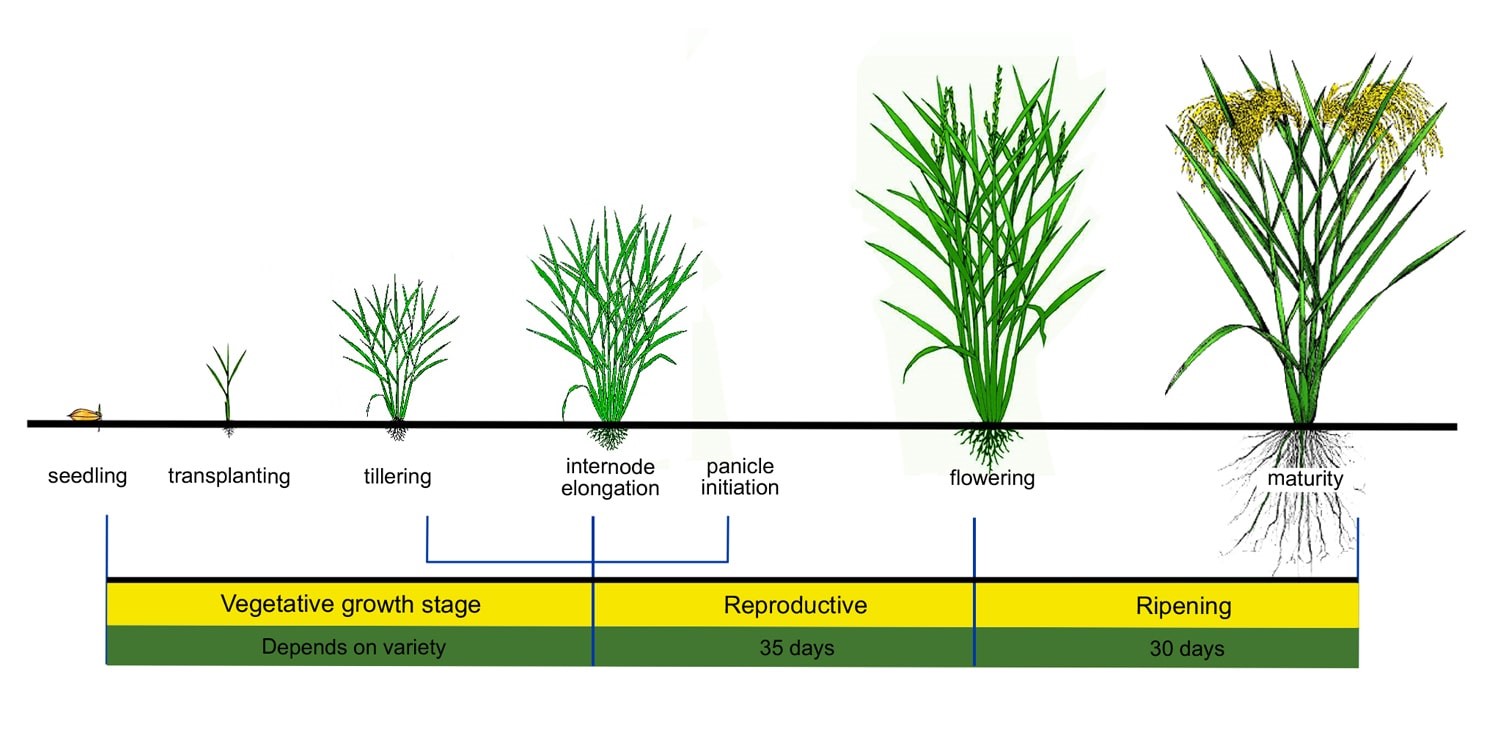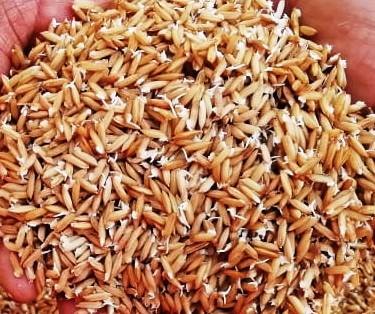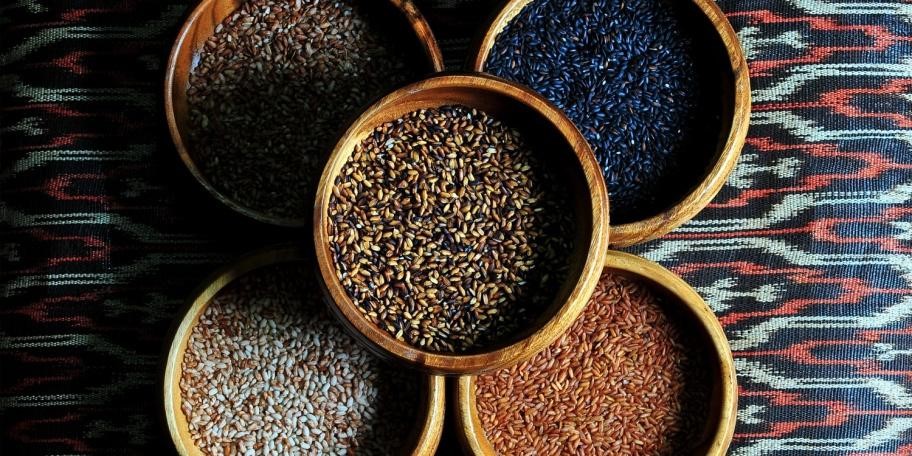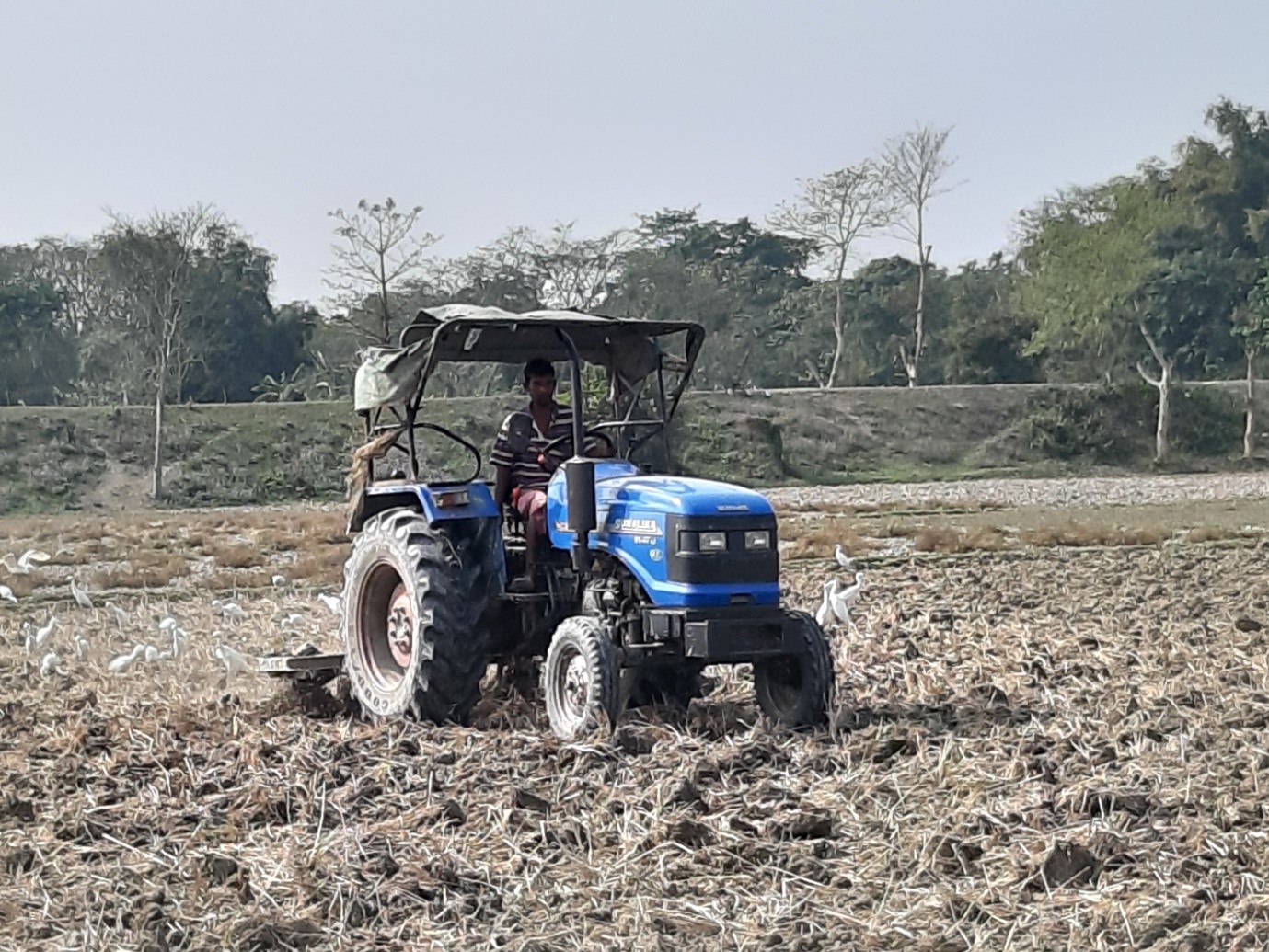


Pre-planting activities involve choosing the right variety, developing a cropping calendar, and preparing the rice field for planting.


A cropping calendar is a picture of the rice growing season from the fallow period and land preparation, to crop establishment and maintenance through to harvest and storage.
| Variety | Ranjit |
| Duration | 150 - 155 days |
| Crop calendar | Transplanting |
| Nursery operations | |
| 1st plowing | 21 - 14 DBS |
| 2nd plowing | 15 - 10 DBS |
| 3rd plowing | 7 - 5 DBS |
| 4th plowing | 2 DBS |
| Harrowing | 2 DBS |
| Raised bed preparation | 1 DBS |
| Seed soaking | 4 DBS |
| Seed incubation | 2 - 3 DBS |
| Sowing | DOS |
| Main field operations | |
| 1st plowing | 21 - 14 DBT |
| 2nd plowing | 15 - 10 DBT |
| 3rd plowing | 7 - 5 DBT |
| 4th plowing | 2 DBT |
| Harrowing | 2 DBT |
| Crop protection in nursery | 7 DBT |
| Crop protection at planting | DOT |
| Planting | 30-35 DAS/DOT |
| Basal application of fertilizer | 2 DBT |
| 2nd dose of fertilizer | 25 - 35 DAT |
| 3rd dose of fertilizer | 60 - 65 DAT |
| Post emergence herbicide application | 3-5 DAT |
| Weeding | 15 - 25 DAT |
| Crop protection at Tillering | 25 - 45 DAT |
| Crop protection at PI | 55 - 60 DAT |
| Crop protection at grain filling | 95 - 100 DAT |
| Drain water | 105 - 110 DAT |
| Harvesting | 120 - 125 DAT |
| Storage | 7 DAH |

Good quality seed reduces the required seeding rate and produces strong, healthy seedlings, resulting in a more uniform crop with higher yields.

Good quality seed can be either bought as foundation or certified seed, or the seed produced by the farmer in his own farm

The most suitable variety is the one that best meets the farmer and the consumer’s needs. It may not always give the highest yields and may be influenced by availability of water (either from rain or irrigation), soil typeand field elevation and whether the rice would be sold or consumed at home.
Varieties should be selected based on good yield potential, resistance to disease and insect-pests, competitive ability to weeds, good eating qualities, high milling percentage and suitability to the market. When selecting a variety check the following:

A premium is often paid for aromatic varieties having longer grains, but yields are normally lower. Eating quality such as softness, stickiness, colour and taste after cooking are important.

A well prepared and levelled field gives a uniform, healthy crop that can compete with weeds, uses less water, and gives higher yields at a lower cost.

Jorhat, PIN - 785013 Assam